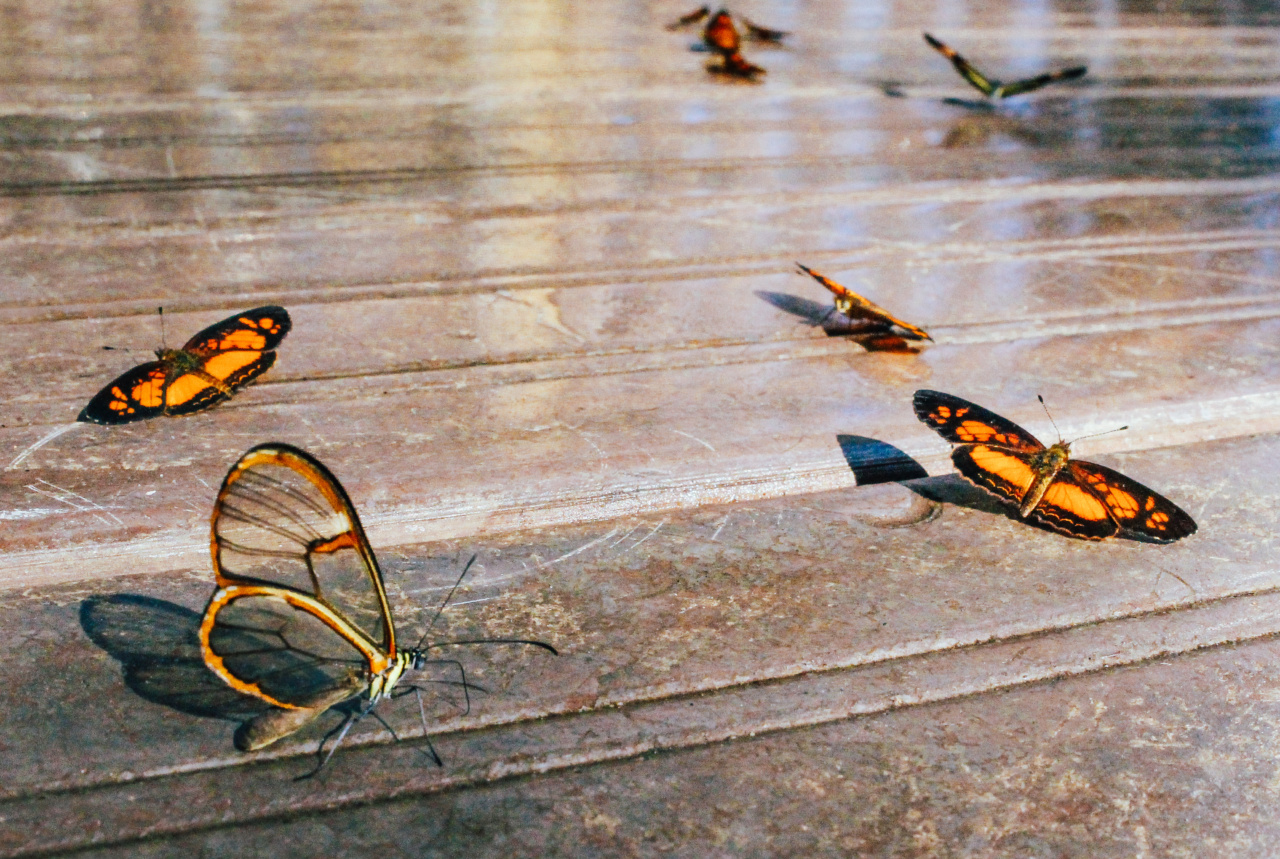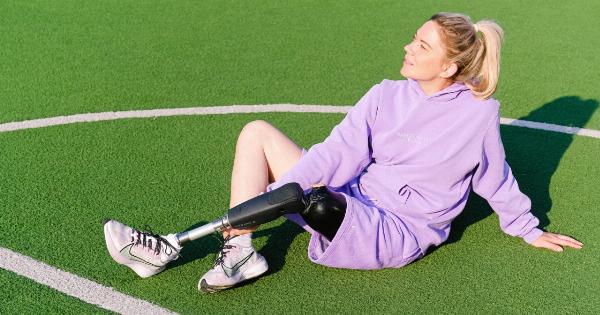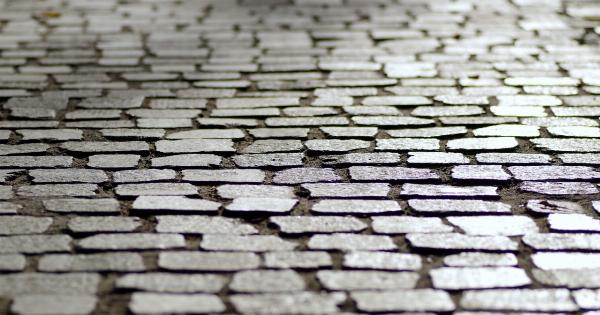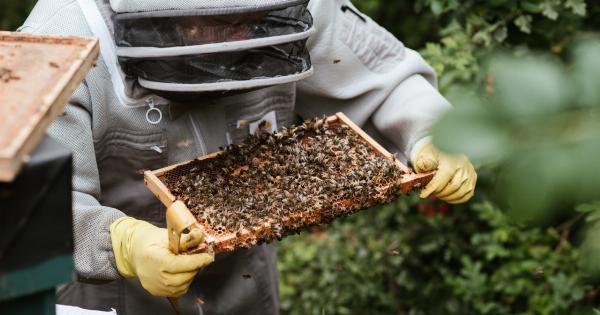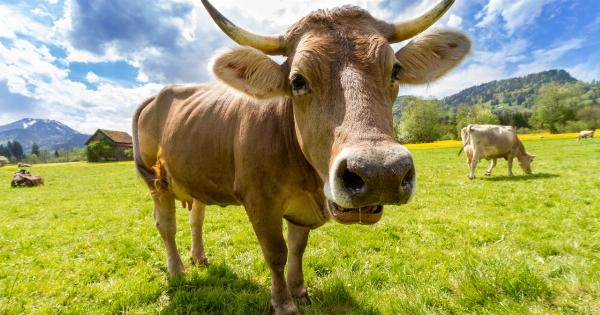Every year, thousands of animals worldwide suffer from debilitating injuries that leave them unable to walk or move freely. These injuries can occur as a result of accidents, infections, diseases, or birth defects.
In the past, many of these animals would have been euthanized due to their inability to live a normal life. However, thanks to advancements in veterinary medicine and technology, injured animals now have a chance at a new lease of life with the help of custom-made wheelchairs.
What are animal wheelchairs?
Animal wheelchairs, also known as mobility carts or orthopedic devices, are specially designed structures that support and aid animals with mobility issues.
These wheelchairs typically consist of a frame, wheels, and adjustable straps or harnesses that secure the animal in place. The design of the wheelchair can vary depending on the specific needs of the animal and the extent of their injury.
Who benefits from animal wheelchairs?
A wide range of animals can benefit from the use of wheelchairs, including dogs, cats, rabbits, goats, and even turtles.
Most commonly, animal wheelchairs are used for domestic pets, particularly dogs, that have suffered spinal cord injuries, paralysis, or limb amputations. These wheelchairs provide the necessary support and stability for these animals to move around independently and engage in daily activities.
In addition to pets, animal wheelchairs have also been used for injured and disabled wildlife.
Animals such as raccoons, deer, and birds that have been injured in accidents or accidents have been given a second chance at life through the use of wheelchairs.
How are animal wheelchairs custom-made?
Animal wheelchairs are typically custom-made to fit the specific needs and measurements of each individual animal. This involves a detailed assessment of the animal’s condition, including their weight, height, and the extent of their injury.
Veterinarians, orthopedic specialists, and animal rehab experts work together to design and construct a wheelchair that provides optimal support and mobility for the animal.
The frame of the wheelchair is usually made from lightweight yet sturdy materials such as aluminum or carbon fiber. These materials help to minimize the weight of the wheelchair while ensuring it can withstand the animal’s movements.
The wheels are chosen based on the terrain the animal will be navigating, with options ranging from all-terrain wheels for outdoor use to smaller, swivel wheels for indoor mobility.
The straps or harnesses used to secure the animal in place are adjustable and padded to provide comfort and prevent skin irritations.
These straps are attached to the frame in a way that distributes the weight of the animal evenly, minimizing pressure points and ensuring a proper fit.
The benefits of animal wheelchairs
The use of wheelchairs for injured animals offers numerous benefits:.
1. Restored mobility
Perhaps the most obvious benefit of animal wheelchairs is the restoration of mobility in animals that would otherwise be relegated to a sedentary lifestyle.
These wheelchairs allow animals to move around freely, explore their surroundings, and maintain an active and independent life.
2. Improved psychological well-being
Being immobile can take a significant toll on an animal’s mental well-being. With the use of wheelchairs, animals are able to avoid the frustration and depression that often accompanies immobility.
They can participate in regular activities, interact with their human families, and enjoy a sense of normalcy.
3. Prevention of secondary health issues
Immobility can lead to a host of secondary health issues in animals, such as muscle atrophy, pressure sores, and urinary tract infections.
Animal wheelchairs help prevent these issues by promoting regular movement and proper weight distribution, reducing the risk of complications.
4. Increased socialization opportunities
When animals are able to move around freely, they have more opportunities to socialize with humans and other animals. This can greatly enhance their overall quality of life and provide mental stimulation and companionship.
5. Facilitation of rehabilitation
For animals that are undergoing rehabilitation following surgery or treatment, wheelchairs can play a crucial role. They provide support and stability during the recovery process, allowing the animal to gradually regain strength and mobility.
Custom-made animal wheelchairs in action
The impact of custom-made animal wheelchairs can be truly life-changing for both the animals and their human caretakers. Numerous heartwarming stories highlight the positive impact these wheelchairs can have:.
1. Oliver the dog
Oliver, a small terrier mix, suffered from a spinal injury that left him paralyzed from the waist down.
Thanks to a custom-made wheelchair, Oliver regained his mobility and now zips around confidently, enjoying walks and outdoor activities with his delighted family.
2. Lil Bub the cat
Lil Bub, a famous internet cat with several genetic abnormalities, had difficulty walking due to her unique bone structure.
A custom-made mobility cart allowed her to explore her surroundings independently, improving her overall well-being and giving her a newfound sense of freedom.
3. Hope the kangaroo
Hope, a kangaroo who was injured by a car, was unable to use her hind legs. With the help of a specially designed wheelchair, she regained the ability to hop around and live a fulfilling life at a wildlife sanctuary.
4. Mr. Stubbs the alligator
Mr. Stubbs, an alligator in Arizona, lost his tail due to an unfortunate encounter with a larger alligator.
In order to help him swim and regain his natural balance, a team of experts fitted him with a customized prosthetic tail that functions similarly to a wheelchair.
The future of animal wheelchairs
As technology continues to advance, the design and functionality of animal wheelchairs will only become more sophisticated.
Researchers are exploring the use of 3D printing technology to create affordable and customizable wheelchairs, making them more accessible to a wider range of animals in need.
Additionally, veterinarians and animal rehab specialists are continuously improving their understanding of animal biomechanics and engineering.
This knowledge will contribute to the development of even better wheelchairs that offer increased comfort, mobility, and adaptability for animals of all sizes and species.
In conclusion
Animal wheelchairs have revolutionized the lives of countless injured and disabled animals, giving them a chance at a new lease of life.
With these bespoke devices, animals can overcome their mobility challenges, regain their independence, and experience a world full of exploration and joy. Through ongoing research and advancements, animal wheelchairs will continue to play a vital role in improving the lives of animals in need.
